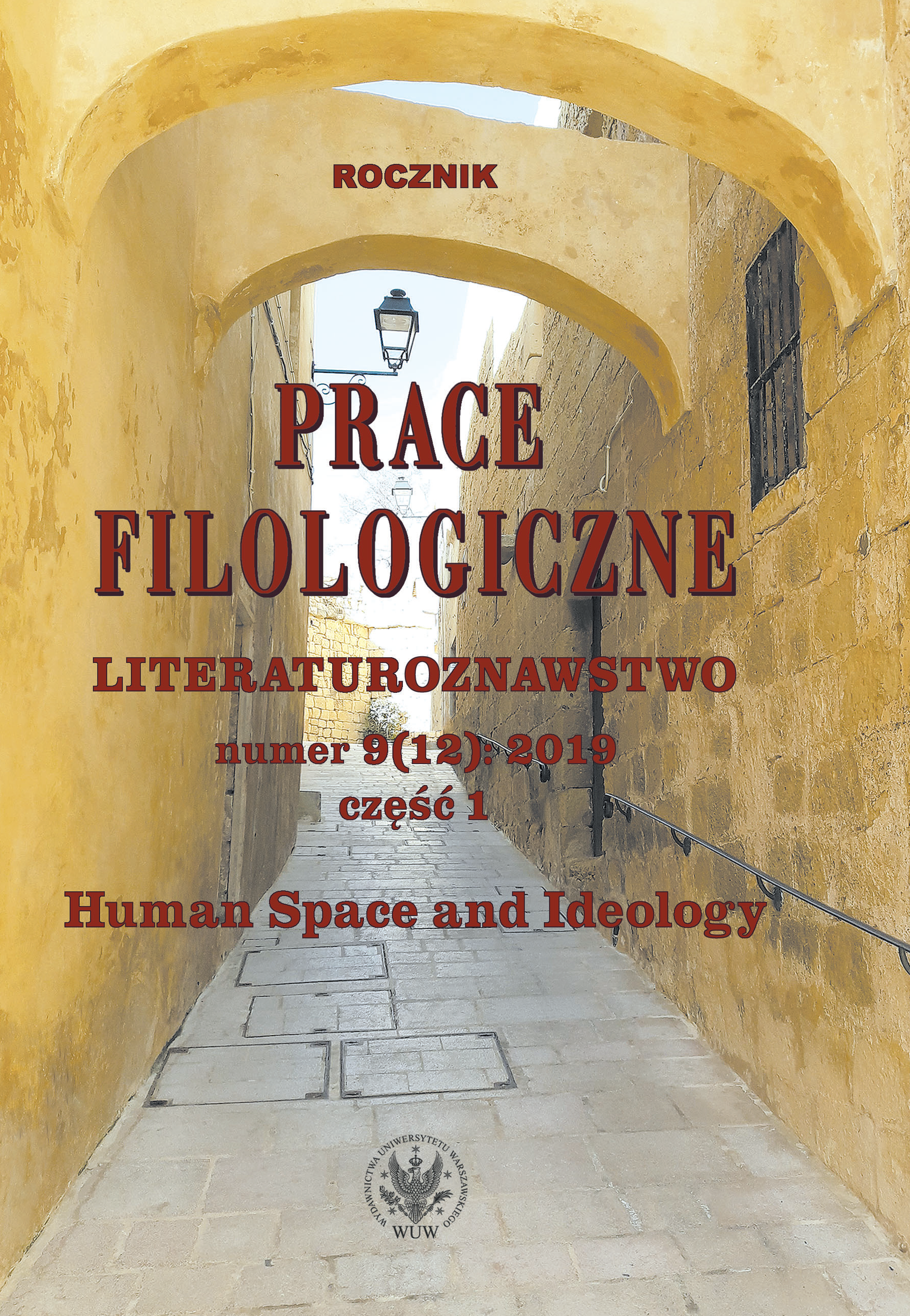Prague: The National Perception of the Area
[Praga – narodowa lektura przestrzeni]
Prague: The National Perception of the Area
Author(s): Blanka SoukupováSubject(s): Language and Literature Studies, Studies of Literature, Philology, Theory of Literature
Published by: Wydawnictwa Uniwersytetu Warszawskiego
Keywords: cultural heritage; Czech Republic; Prague; national identity; state identity
Summary/Abstract: The author analyzes the space of Prague presenting national perception of the city. It was registered as a UNESCO world heritage site. The author shows the process of changing Prague into a national symbol of Czechness. However, national movement increased national divisions between Czechs and German: in the 1880s separate promenades, coffee shops, and a university were established. During the First Czechoslovak Republic, the capital is mapped primarily in reference to the tradition of Charles IV and the Hussite movement. However, this tradition was modernized: Prague Castle as the seat of President T. G. Masaryk became the most important place in Prague. During Protectorate of Bohemia and Moravia, places associated with the Hussite tradition were “erased,” but the symbolism of medieval Prince Václav (Wenceslas) was made into a symbol of Czech loyalty toward the Germans. Next phase of manipulation occurred when communist took power. National traditions no longer have an integrating and rallying function today.
Journal: Prace Filologiczne. Literaturoznawstwo [PFLIT]
- Issue Year: 1/2019
- Issue No: 9 (12)
- Page Range: 111-121
- Page Count: 11
- Language: English

